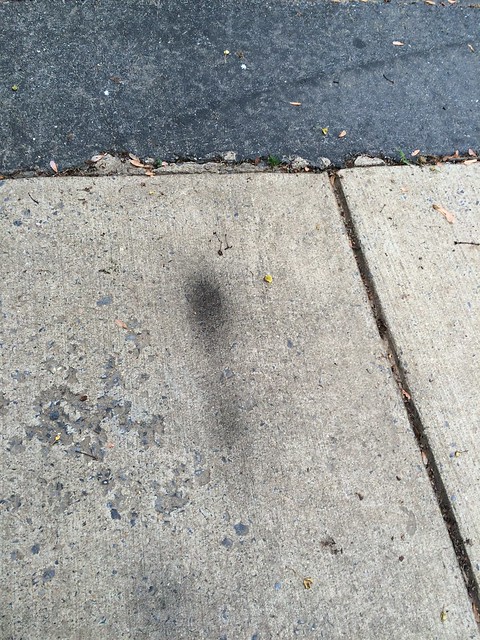For the timing marks, consider the tape kit made by Jeff S. at Advanced Distributors (link below).
https://advanceddistributors.mybisi.com/product/1275-midget-sprite-timing-tape-kit
You can always extend the leads on your timing light using jumper cables.
Always make all the ignition settings/adjustments before touching the mixture and going through carb adjustments.
If your timing is advanced it can certainly influence the idle speed. However, if you back the idle screws out all the way it still ought to slow down. I know you said the choke is released. However, make 100% sure that is correct.
On the assumption you are running twin SU HS2s, the two little arms on the choke linkage rod should both be loosened so they can slide on the rod. Look carefully at the linkage that lowers the jets (particularly if these are the flat metal linkage arms... as opposed to the ball/socket linkage on later HS4 carbs). The flat linkages can bind. When they bind, the jet does not return to its full height and that in turn makes the carbs behave like you are giving the car choke or throttle.

 Hi Guest!
Hi Guest!

 smilie in place of the real @
smilie in place of the real @
 Pretty Please - add it to our Events forum(s) and add to the calendar! >>
Pretty Please - add it to our Events forum(s) and add to the calendar! >> 

